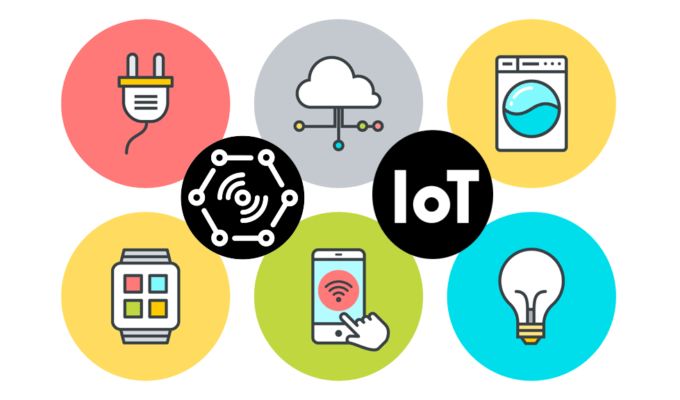
Scientists have uncovered vulnerabilities in a connected vacuum cleaner lineup that might allow assailants to eavesdrop, perform video security and take personal data from victims.Two vulnerabilities were found in Dongguan Diqee 360 vacuum, which tout Wi-Fi abilities, a webcam with night vision, and smartphone-controlled navigation controls. These would permit control over the device along with the capability to intercept data on a home Wi-Fi network.” Like other IoT gadget, these robotic
vacuum could be marshaled into a botnet for DDoS attacks, however that’s not even the worst-case circumstance, a minimum of for owners, “Leigh-Anne Galloway, cybersecurity resilience lead at Positive Technologies, said on Thursday.The first bug( CVE-2018-10987)is a remote code execution problem that lives in the REQUEST_SET_WIFIPASSWD function (UDP command 153)of the vacuum.”This vulnerability permits aggressors to get superuser rights on the vacuum, meaning they can manage it remotely, viewing video and images, and physically moving the vacuum,”Galloway informed Threatpost.”It can also be used in a botnet for DDoS attacks or for bitcoin mining.” An assaulter can find the vacuum on the network by obtaining its media access control(
MAC )address– a distinct identifier designated for interactions at the data link layer of a network.They can then send a specially-crafted user datagram communications procedure(UDP)demand, which results in execution of a command with superuser rights on the vacuum. A crafted UDP packet runs “/ mnt/skyeye/mode _ switch.sh%s”with an attacker controlling the %s variable. “To prosper, the assailant needs to validate on the gadget– which is made easier by the fact that many afflicted devices have the default username and password combination(admin:888888 ),”researchers said.A 2nd vulnerability( CVE-2018-10988)would likewise permit superuser rights, however additionally, could allow scoundrels to take unencrypted information, including images, video and emails, sent from other devices on the exact same Wi-Fi network.The bug exists in the vacuum’s update mechanism– and it is less threatening as it requires aggressors to have physical access to the vacuum. Attackers exploiting this bug could develop a special script and location it on a microSD card, then place it into the vacuum.After the card is placed, the vacuum upgrade system runs firmware files from the upgrade_360 folder with superuser rights, with no digital signature check. The script might run approximate code, such as a sniffer, to obstruct personal information sent out over Wi-Fi by other devices.Positive Technologies informed Threatpost it followed accountable disclosure practices, signaling the company on March 15, 2018. Favorable Technologies likewise sent the vulnerabilities formally(CVE-2018-10987 and CVE-2018-10987). “Positive Technologies does not have any details about whether or not the vulnerabilities have been fixed to date,”the company informed Threatpost. Chinese supplier Dongguan Diqee did not react to multiple ask for comment.A similar occurrence happened last year, when scientists found that LG’s Hom-Bot IoT vacuum cleaner lineup was open to a hack that would let an enemy take control of the gadgets and their cams– and give them the capability to live-stream video from inside a home.These vulnerabilities may also affect other IoT gadgets using the same video modules as Dongguan Diqee 360 vacuum cleaners. Such devices include outside monitoring cams, DVRs, and wise doorbells, scientists stated.”New IoT gadgets are being created and released every day,”Galloway told Threatpost. “If these issues continue to go attended to, IoT security will gradually become worse. To attend to security concerns, the industry ought to create an extensive, agreed-upon set of standards in cooperation with all parties, from hardware makers to company and security specialists.”